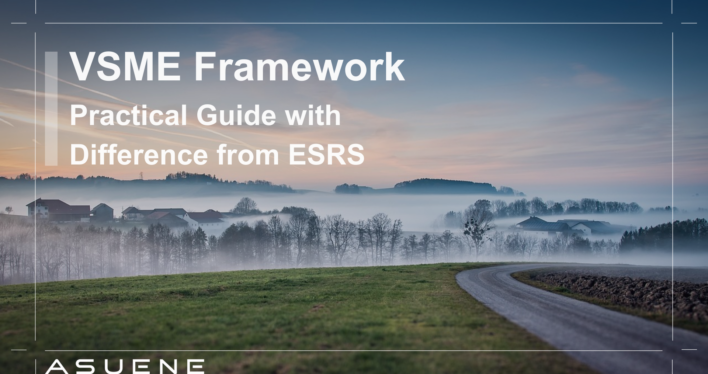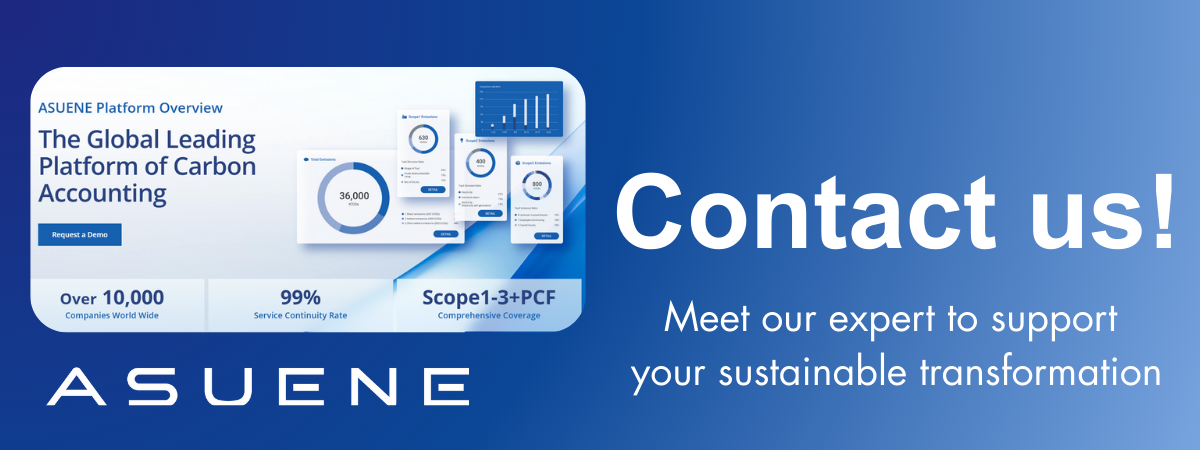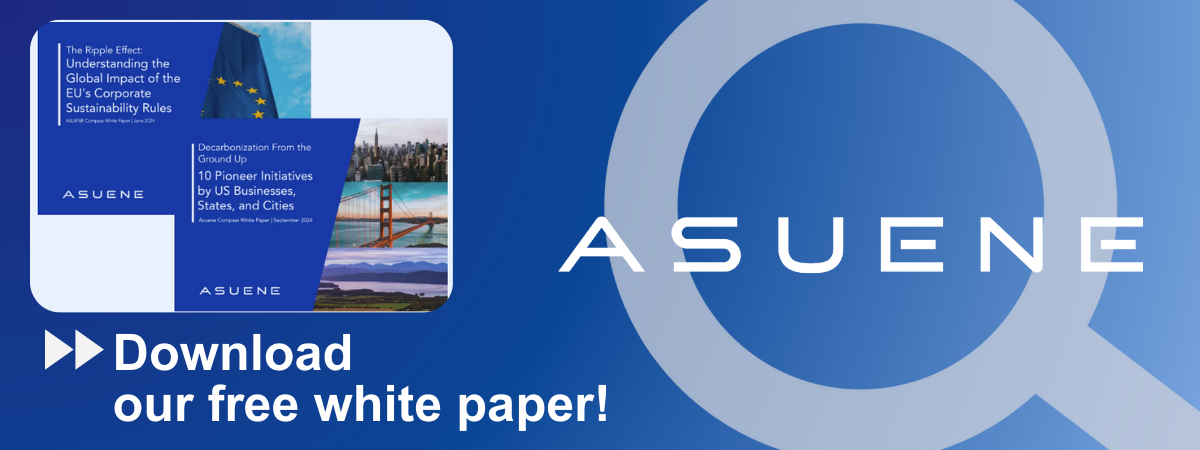- Article Summary
-
Understanding VSMEs in the ESG Reporting Context
As the European Union advances its sustainability agenda, small and micro enterprises—collectively referred to as VSMEs (Very Small and Micro Enterprises)—are increasingly caught in the regulatory crosshairs. While VSMEs are not directly subject to the Corporate Sustainability Reporting Directive (CSRD), they are being indirectly impacted via supply chain pressures. Unlike large companies governed by ESRS (European Sustainability Reporting Standards), VSMEs often lack the resources, knowledge, or infrastructure to meet comparable expectations. This article examines the practical implementation of the EFRAG Voluntary Sustainability Reporting Standard for non-listed SMEs (VSME), officially published in December 2024. It breaks down the structure of the Basic and Comprehensive Modules, highlights specific reporting steps (such as energy use or workforce diversity), and contrasts them with ESRS requirements to help businesses understand and prepare ESG disclosures at a proportional scale.

The Regulatory Divide: ESRS vs. VSME Frameworks
The ESRS, developed by EFRAG, is a comprehensive framework tailored to large and listed companies. It mandates structured disclosures on a wide array of ESG issues—ranging from climate risks to biodiversity impacts—and requires digital XBRL-tagged reporting and limited assurance by independent auditors.
In contrast, the VSME standard introduces two voluntary modules:
- Basic Module: Tailored to micro-enterprises, requiring a minimal set of disclosures. It is simple and suitable for first-time reporters.
- Comprehensive Module: An optional add-on for SMEs facing stronger investor or customer demands, expanding disclosure scope.
| Comparison | ESRS | VSME Standard |
|---|---|---|
| Applicability | Large & listed companies | Voluntary for unlisted micro to medium SMEs |
| Disclosure Scope | Wide (GHG Scope 1-3, biodiversity, governance, etc.) | Modular: Basic (B1–B11), Optional (C1–C9) |
| Format | Structured, XBRL | PDF, Word, Excel supported |
| Assurance | Required (limited assurance) | Not required |
| Timeline | From FY2024 | Pilot from FY2025 |
Disclosure Structure of the VSME Standard
Basic Module (B1–B11)
B1 – Basis for preparation
B2 – Practices, policies and future initiatives for transitioning towards a more sustainable economy
B3 – Energy use (MWh) and GHG emissions (Scope 1 and Scope 2 in tCO2e)
B4 – Pollutants to air, water, or soil (if legally required)
B5 – Operations near biodiversity-sensitive areas
B6 – Water withdrawal and consumption
B7 – Resource use, circular economy, and waste management
B8 – Workforce characteristics (gender, contract type, location)
B9 – Health and safety (accidents, fatalities)
B10 – Remuneration, collective bargaining, and training hours
B11 – Convictions or fines for corruption or bribery
Comprehensive Module (C1–C9)
C1 – Business model and strategy
C2 – Extended policies and governance accountability
C3 – GHG reduction targets (Scope 1, Scope 2, and Scope 3 if applicable) and transition plans
C4 – Physical and transition climate risks
C5 – Gender diversity at management level
C6 – Human rights policies and processes
C7 – Confirmed human rights incidents
C8 – Revenues from fossil fuels, tobacco, or controversial sectors
C9 – Gender diversity ratio in governance body
Operational Challenges: Data, Capacity, and Value Chains
Many VSMEs are still new to sustainability reporting. Challenges include:
- Lack of digital systems to track energy, waste or HR data.
- Manual records or invoices (e.g. utility bills, payroll spreadsheets).
- Requirement to report geolocation of sites using latitude and longitude coordinates (5 decimal places).
Example: Under B1, firms must state their legal structure, turnover, NACE code, number of employees, and the location of operations—even if completed in a basic spreadsheet or document.
The VSME Standard includes practical guidance such as:
- Converting liters of diesel to MWh using emission factors.
- Estimating water use in shared offices with number of employees and flow rate per fixture.
- Tracking waste volumes with logbooks, service invoices, or utility data.
Templates and sample disclosures are available in the official guidance. For example:
Sample Disclosure Table – Energy Module (B3)
| Metric | Example Input | Source |
| Total energy (MWh) | 486 | Electricity bill |
| Renewable share (%) | 45% | Supplier documentation |
| Scope 1 CO2 (tCO2e) | 20.0 | Fuel invoice × emission factor |
| Scope 2 CO2 (tCO2e) | 6.5 | Grid emission factor |
Note: If a disclosure does not apply to your business (e.g., you do not operate near a biodiversity-sensitive area), you may state “Not Applicable” under B1.
Conclusion: Empowering VSMEs Through Simplicity and Flexibility
VSMEs are the backbone of Europe’s supply chains. The VSME Standard acknowledges their diversity and provides a lightweight, modular reporting path. Unlike ESRS, which requires heavy systems and legal compliance, VSMEs can begin with spreadsheets, estimates, and available templates.
By adopting the VSME standard, small firms can:
- Build trust with customers, banks, and investors
- Prepare for future ESG regulations or supply chain requests
- Improve sustainability performance through basic metrics and policies
With proportional expectations, clear structure, and growing toolkits, the VSME Standard is an entry point for even the smallest firms to engage in credible ESG reporting.
Why Work with ASUENE Inc.?
Asuene is a key player in carbon accounting, offering a comprehensive platform that measures, reduces, and reports emissions, including Scope 1-3, with expertise in decarbonization. Asuene serves over 10,000 clients worldwide, providing an all-in-one solution that integrates GHG accounting, ESG supply chain management, LCA, and third-party verification.
ASUENE supports companies in achieving net-zero goals through advanced technology, consulting services, and an extensive network.



